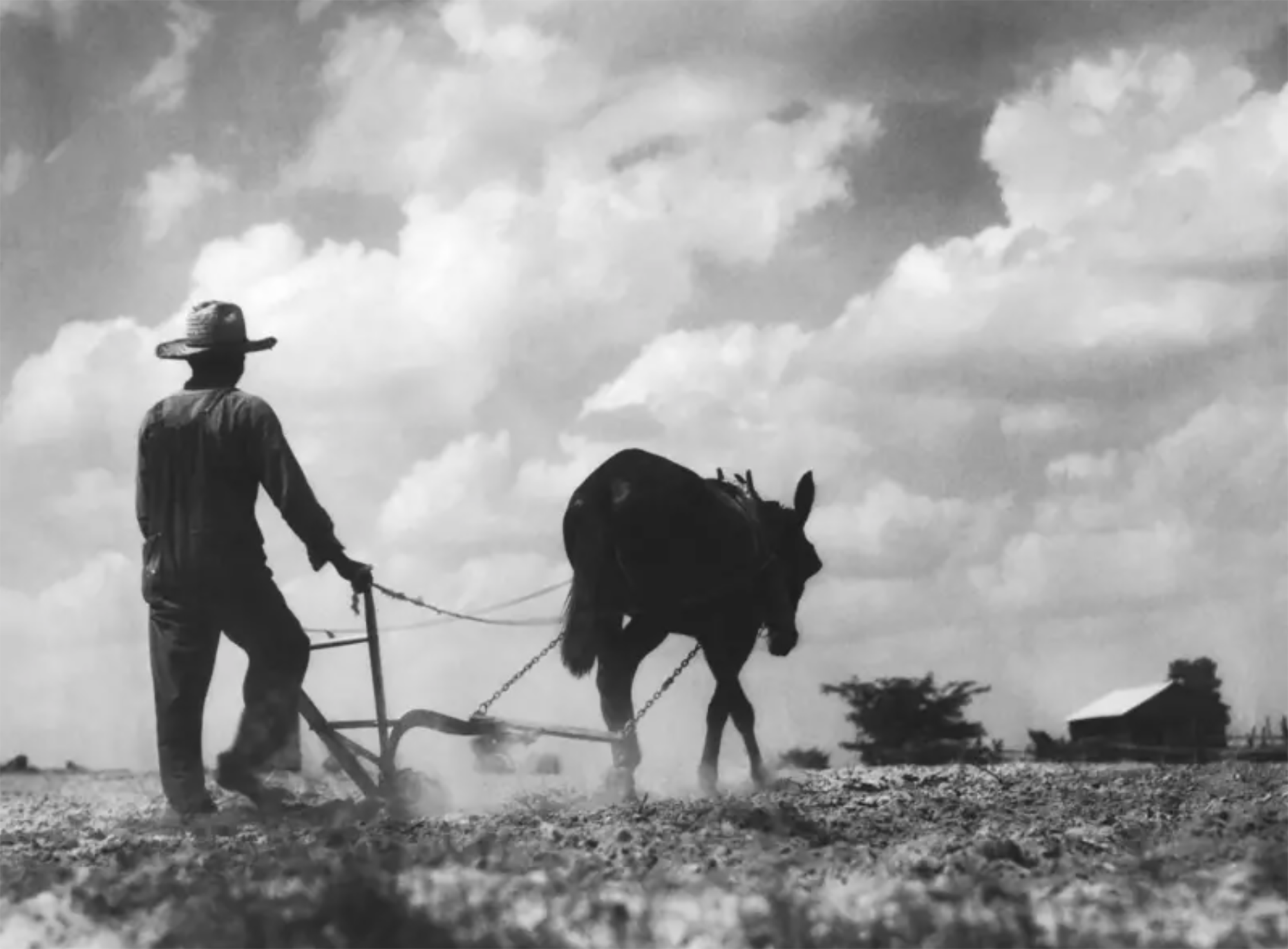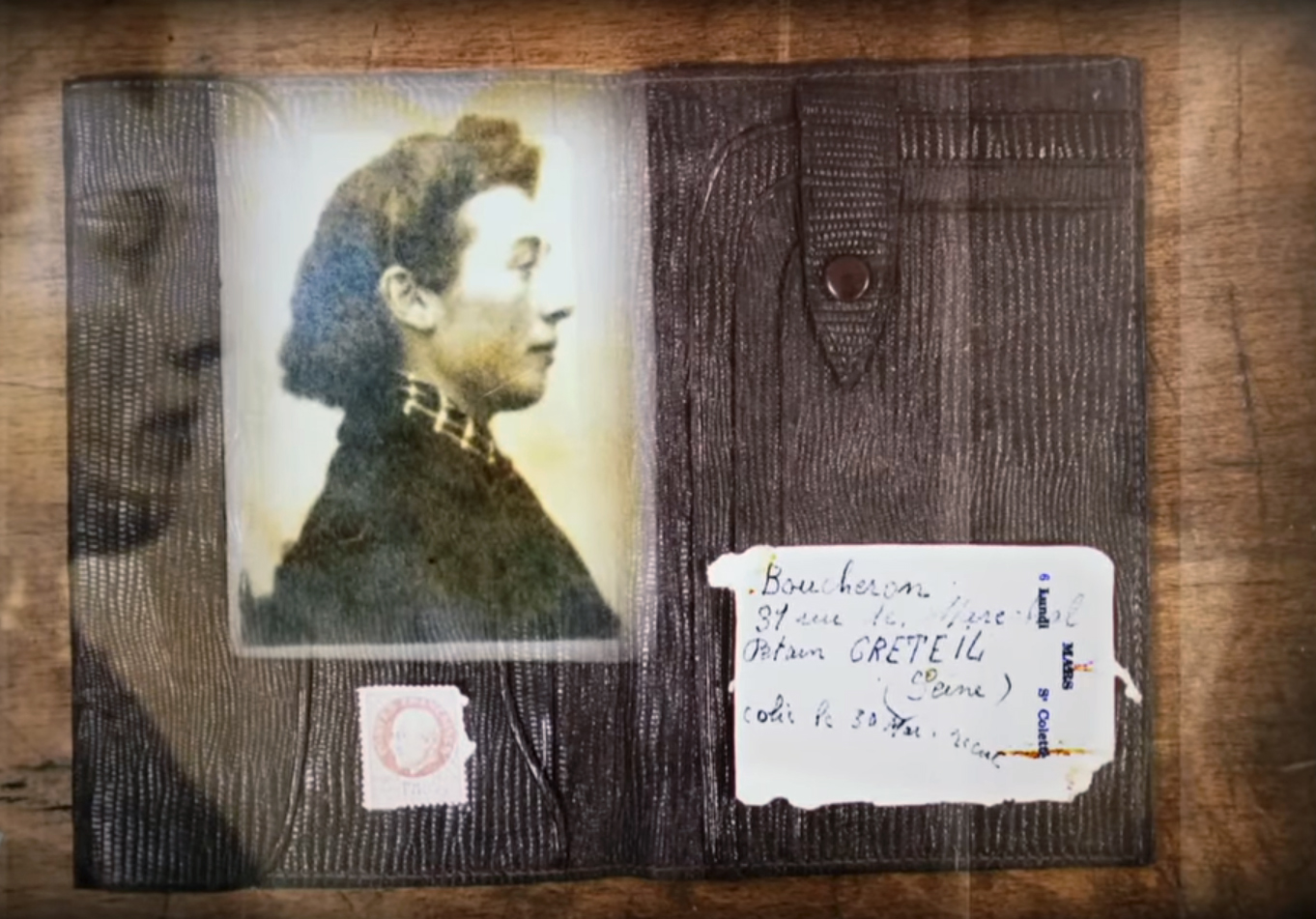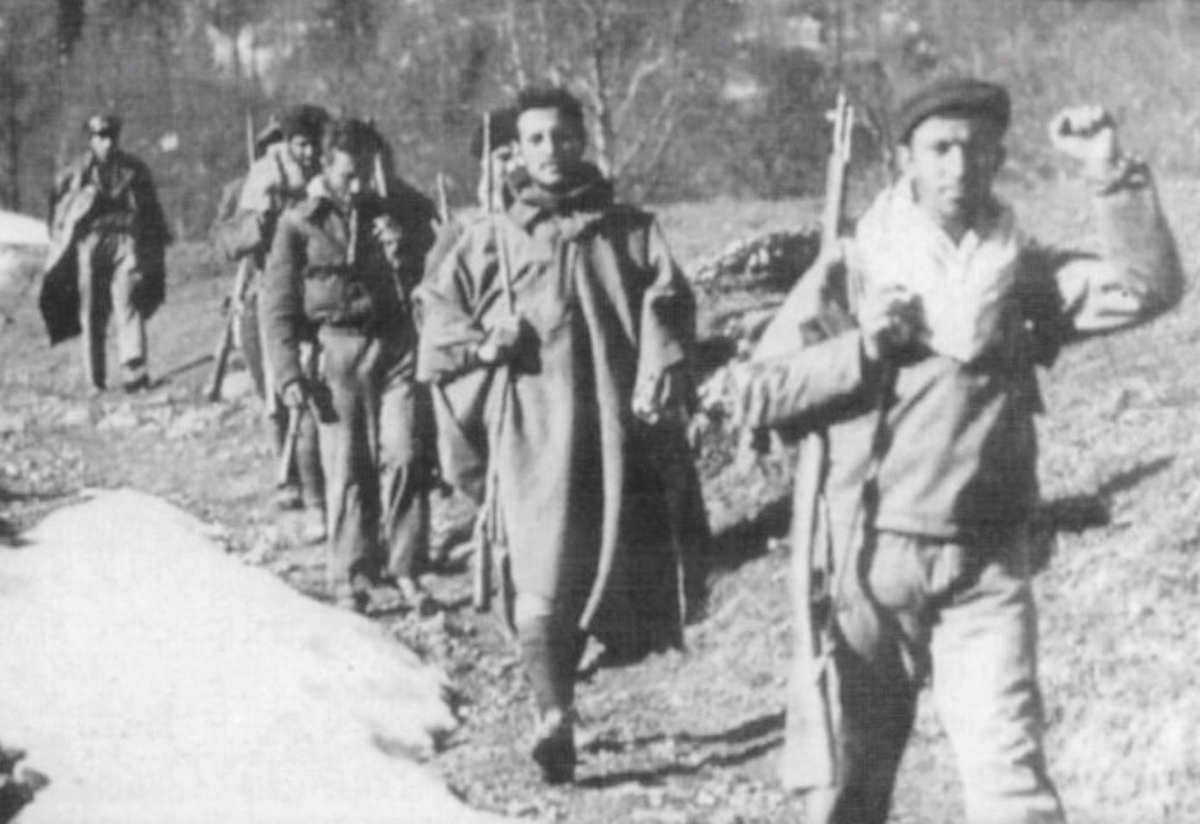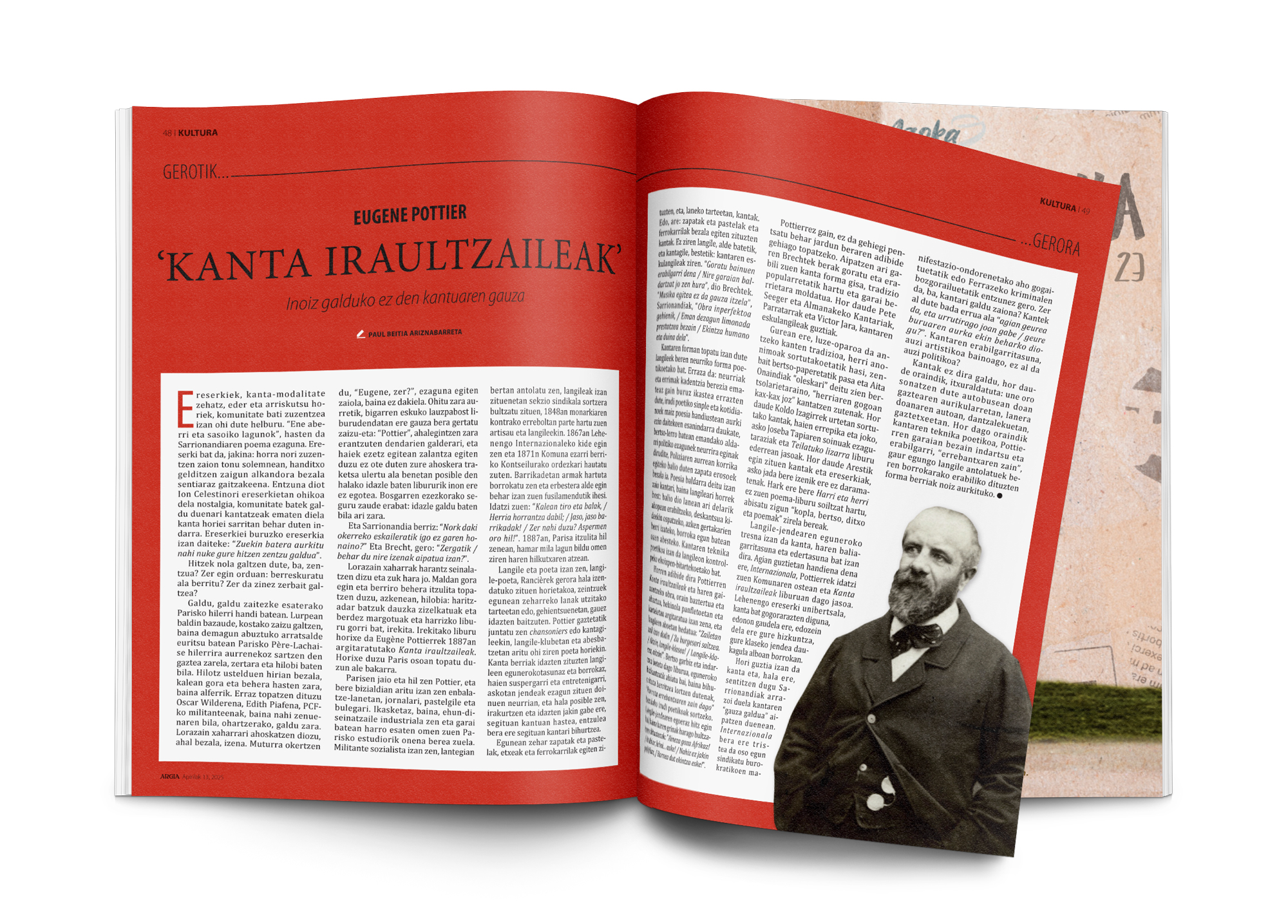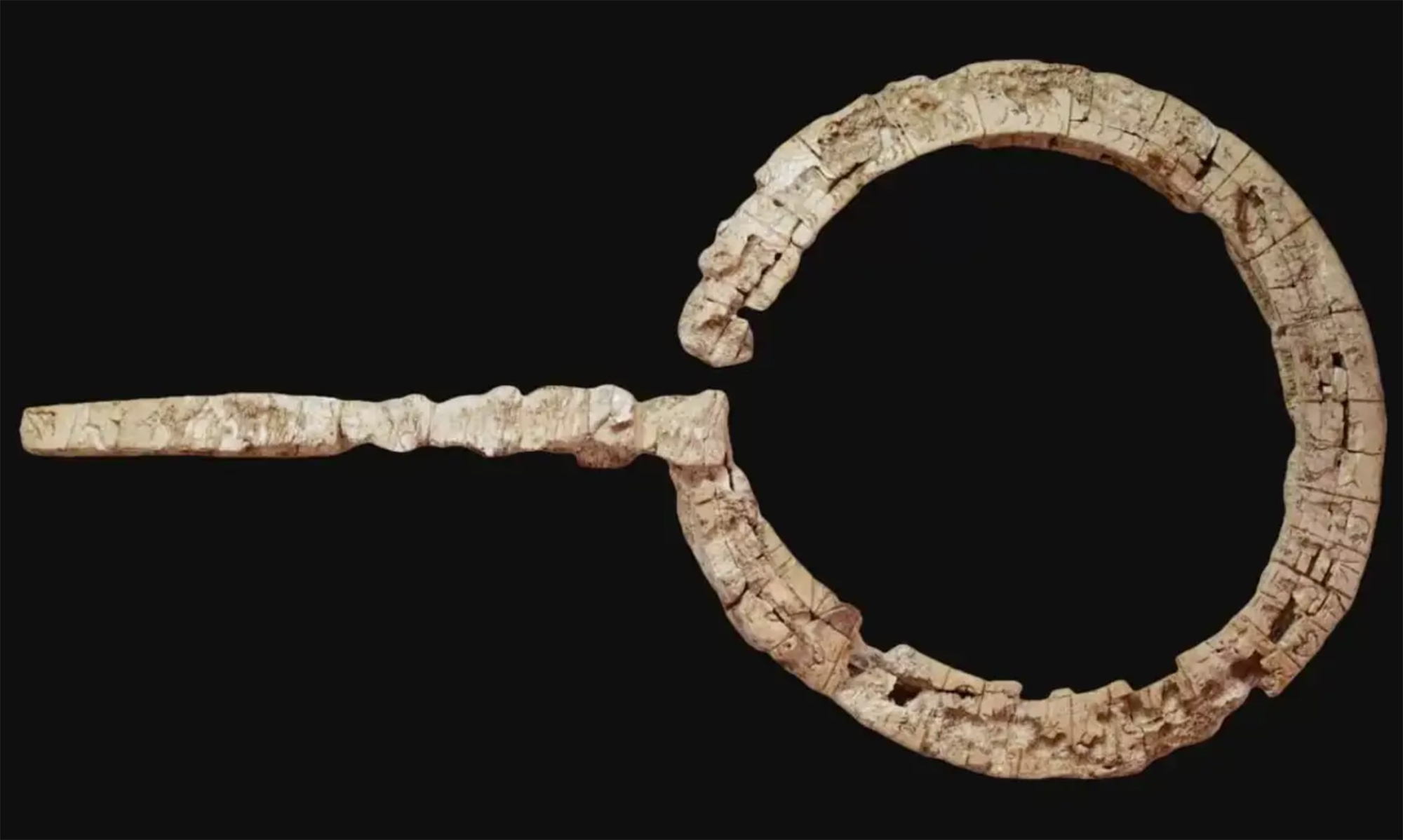Otokichi, first Japanese tourist

Japan 1832. According to the draconian laws of the Tokugawa shogunate, the Japanese could not leave the country and the crime was punishable by death. Otokichi, 14, was a 15-meter sailboat that made the journey between Nagoya and Edo for the transportation of rice and porcelain. However, due to a strong storm, the ship was lost adrift in the Pacific Ocean. The rice load gave them food for a long time, but the scurvy attacked the crew and in a few months all but Iwakich, Kyukichi and Otokichi died.
After a lost year, they reached the current border between the United States and Canada, on the coast of Oregon. The Macahites were not well received, but the exotic visits, taken prisoner by the Indians, soon reached English captain McLoughlin. The inability of the Westerners to separate Asians is not new, and the captain considered the three Chinese prisoners. England was starting to trade with the Asian giant, and the military thought the trio could benefit. The Japanese came off and they were driven to Vancouver. There the parish priest taught them English and in 1834 they were prepared to go to the metropolis. They crossed the Pacific again. They went through Hawaii, they came almost to Antarctica, and after seven months, they came to London. But the government had other priorities, and after doing a little bit of tourism at that time, when it was the world’s largest metropolis, three sailors had to sail again.
They came to Macau. Otokichi studied Chinese there, and in 1937 they were presented with the possibility of returning to their home country on the American ship Morrison. But Japanese insulating laws were still in force, and the ship was caught with guns every time they tried to cast anchors at some port. The trail of Iwakichi and Kyukichi was lost, but he continued to travel from Otokich, acting as a translator on English merchant ships.
In October 1854, England and Japan signed a friendship treaty in which Otokichi was the translator. The Japanese Government forgave him all the death sentences he had already accumulated and gave him permission to stay on the island. But John Matthew Ottoson, who was already named in English, rejected the offer.
He died in 1867 in Singapore, the same year as the shogunate was abolished. After many centuries of isolation, Japan opened up to the world, as years ago Otokichi had done involuntarily.
Washington, D.C., June 17, 1930. The U.S. Congress passed the Tariff Act. It is also known as the Smoot-Hawley Act because it was promoted by Senator Reed Smoot and Representative Willis Hawley.
The law raised import tax limits for about 900 products by 40% to 60% in order to... [+]
During the renovation of a sports field in the Simmering district of Vienna, a mass grave with 150 bodies was discovered in October 2024. They conclude that they were Roman legionnaires and A.D. They died around 100 years ago. Or rather, they were killed.
The bodies were buried... [+]
My mother always says: “I never understood why World War I happened. It doesn't make any sense to him. He does not understand why the old European powers were involved in such barbarism and does not get into his head how they were persuaded to kill these young men from Europe,... [+]
Until now we have believed that those in charge of copying books during the Middle Ages and before the printing press was opened were men, specifically monks of monasteries.
But a group of researchers from the University of Bergen, Norway, concludes that women also worked as... [+]
Florentzia, 1886. Carlo Collodi Le avventure de Pinocchio eleberri ezagunaren egileak zera idatzi zuen pizzari buruz: “Labean txigortutako ogi orea, gainean eskura dagoen edozer gauzaz egindako saltsa duena”. Pizza hark “zikinkeria konplexu tankera” zuela... [+]
Ereserkiek, kanta-modalitate zehatz, eder eta arriskutsu horiek, komunitate bati zuzentzea izan ohi dute helburu. “Ene aberri eta sasoiko lagunok”, hasten da Sarrionandiaren poema ezaguna. Ereserki bat da, jakina: horra nori zuzentzen zaion tonu solemnean, handitxo... [+]
Linear A is a Minoan script used 4,800-4,500 years ago. Recently, in the famous Knossos Palace in Crete, a special ivory object has been discovered, which was probably used as a ceremonial scepter. The object has two inscriptions; one on the handle is shorter and, like most of... [+]
Londres, 1944. Dorothy izeneko emakume bati argazkiak atera zizkioten Waterloo zubian soldatze lanak egiten ari zela. Dorothyri buruz izena beste daturik ez daukagu, baina duela hamar urte arte hori ere ez genekien. Argazki sorta 2015ean topatu zuen Christine Wall... [+]









